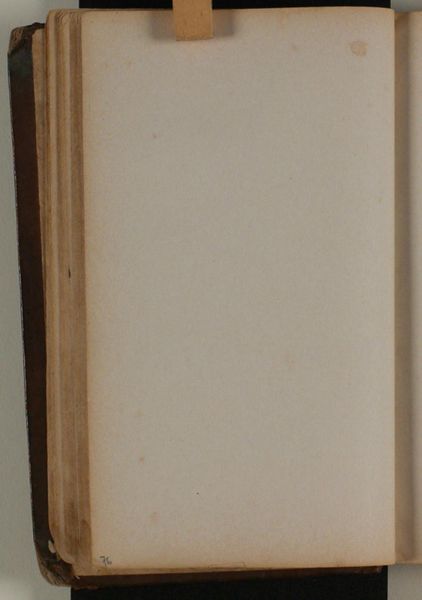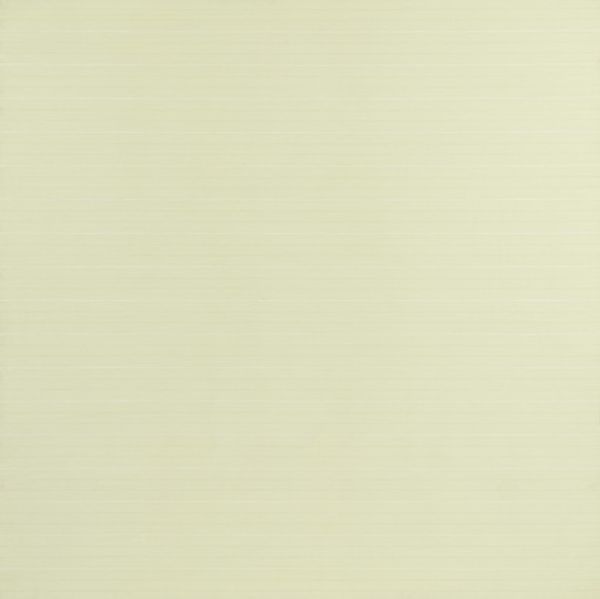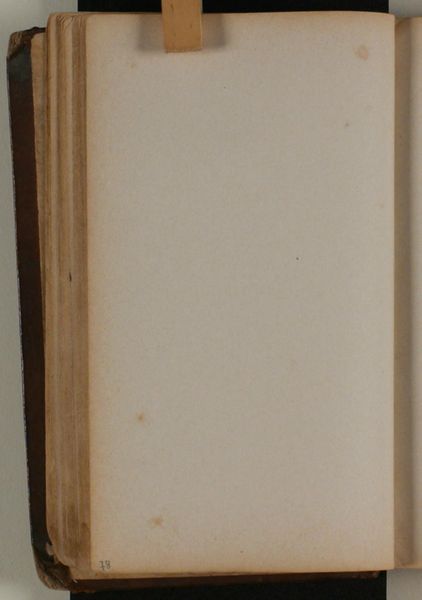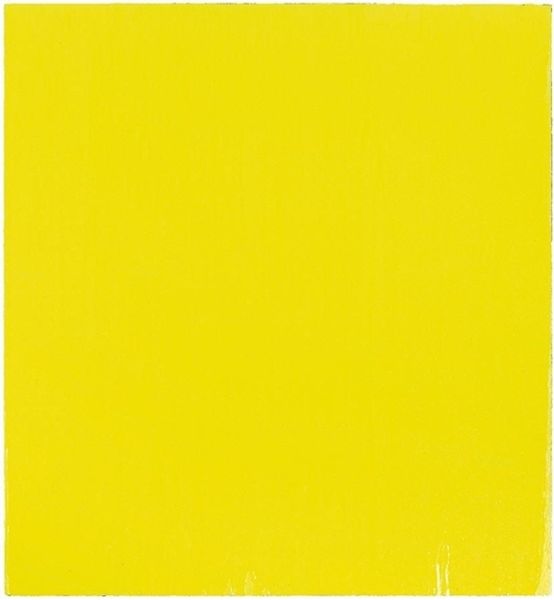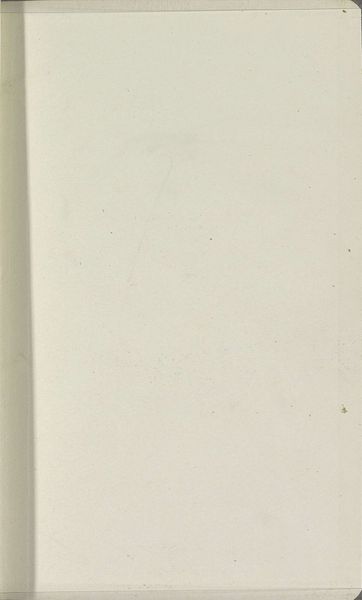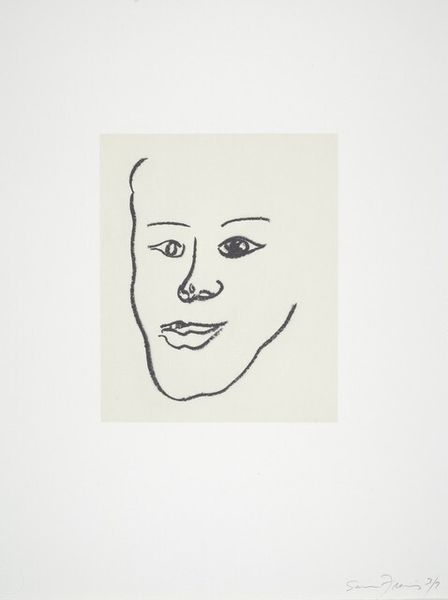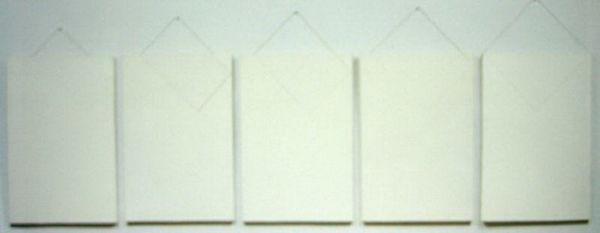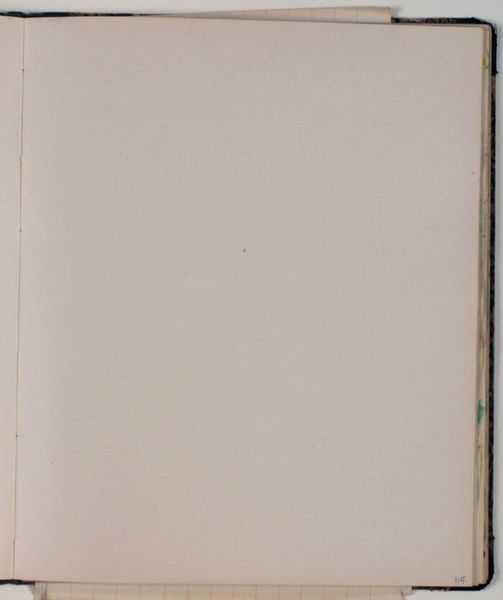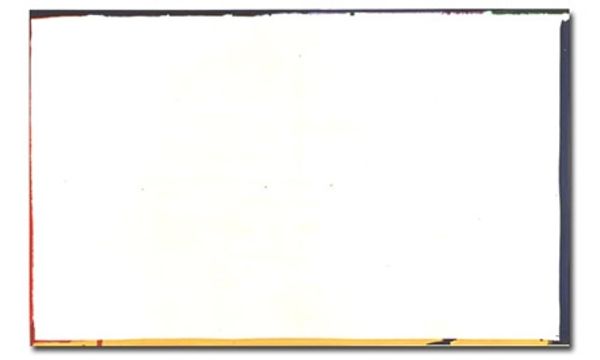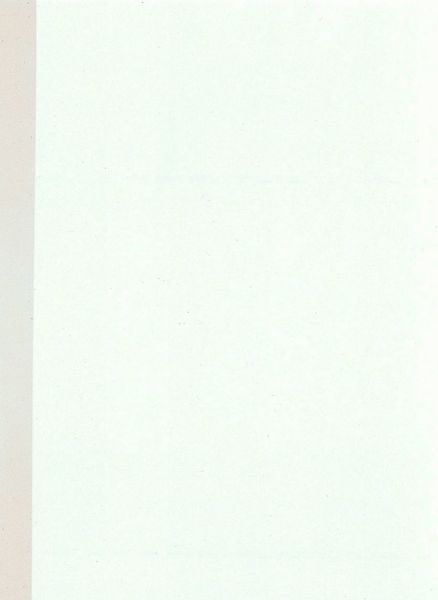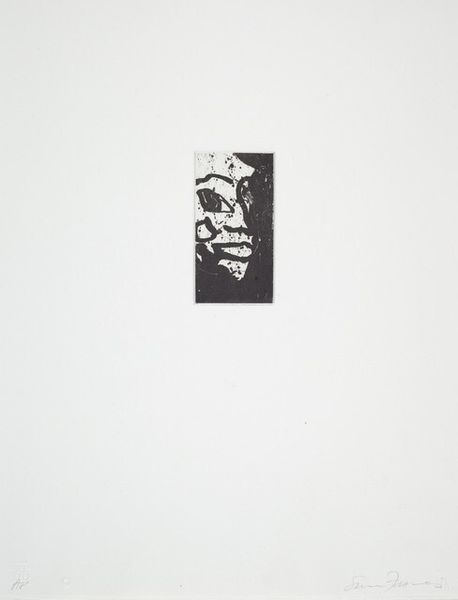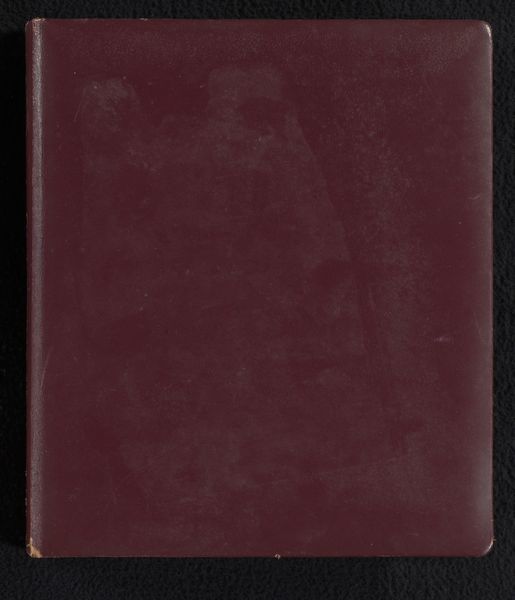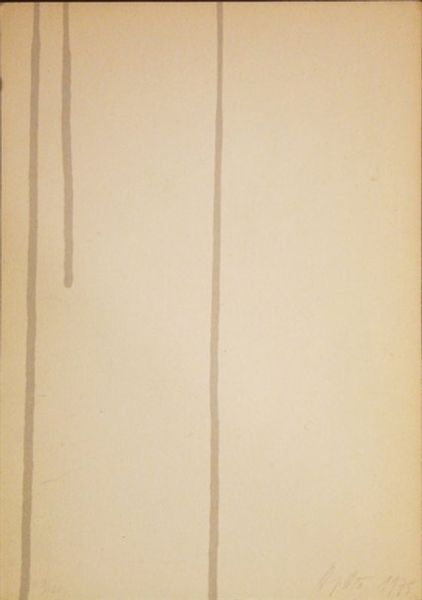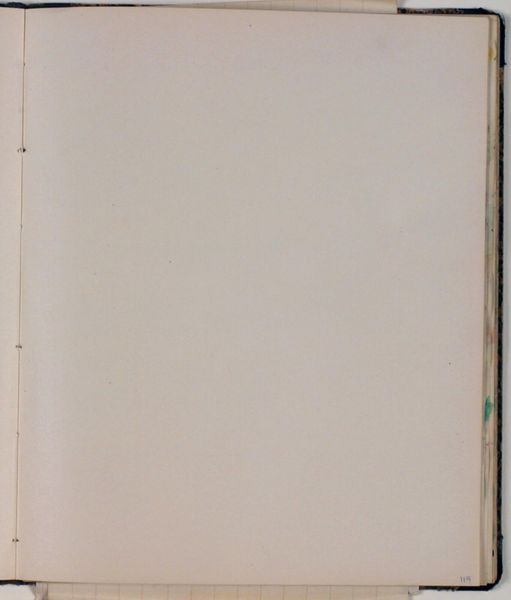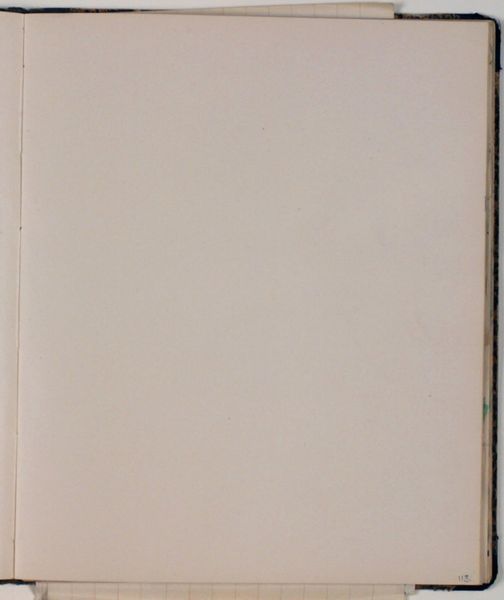
c-print, photography
#
portrait
#
contemporary
#
c-print
#
photography
Dimensions: image: 54.61 × 41.91 cm (21 1/2 × 16 1/2 in.) mount: 80.01 × 68.58 cm (31 1/2 × 27 in.) framed: 92.71 × 78.74 cm (36 1/2 × 31 in.)
Copyright: National Gallery of Art: CC0 1.0
This 'Bill Clinton Maquette' by Chuck Close, well it’s not dated, but it was probably made around 2006, and you can see his signature and the date written at the bottom of the photograph. Close often used a grid structure, a kind of underlying architecture for his portraits, and here we can see the grid quite clearly on the surface of the image. That grid gives a sense of order, but it doesn’t hide the physical reality of the subject. You can see the texture of Clinton's skin, the way the light hits his face, the very human details. Close wasn’t about hiding imperfections; he was about seeing. Notice the way the grid dissects Clinton's features, almost cubist in its approach. Look at the mouth, how the lines converge and diverge, giving it a sense of depth and character. Close's work reminds me of Gerhard Richter. Both artists explored the relationship between photography and painting. While Richter blurred the lines between abstraction and representation, Close used the grid to dissect and reconstruct the human face. Both remind us that seeing is not a passive act but a process of construction and interpretation.
Comments
No comments
Be the first to comment and join the conversation on the ultimate creative platform.
